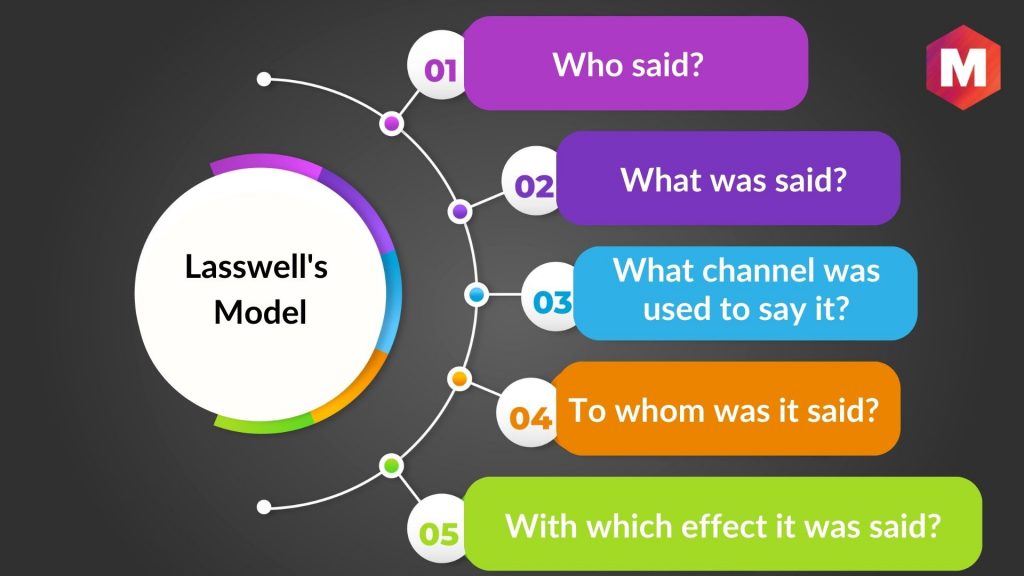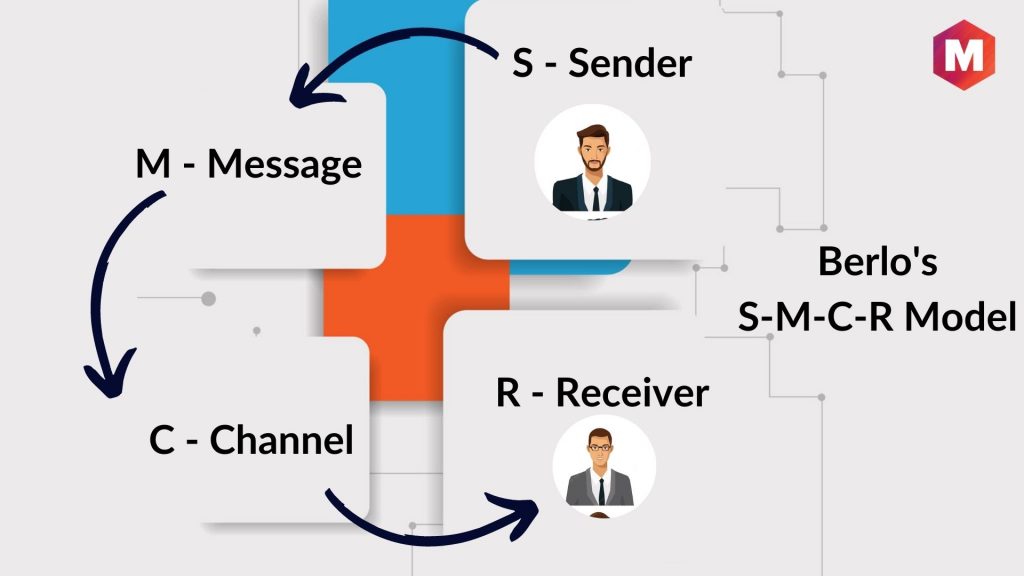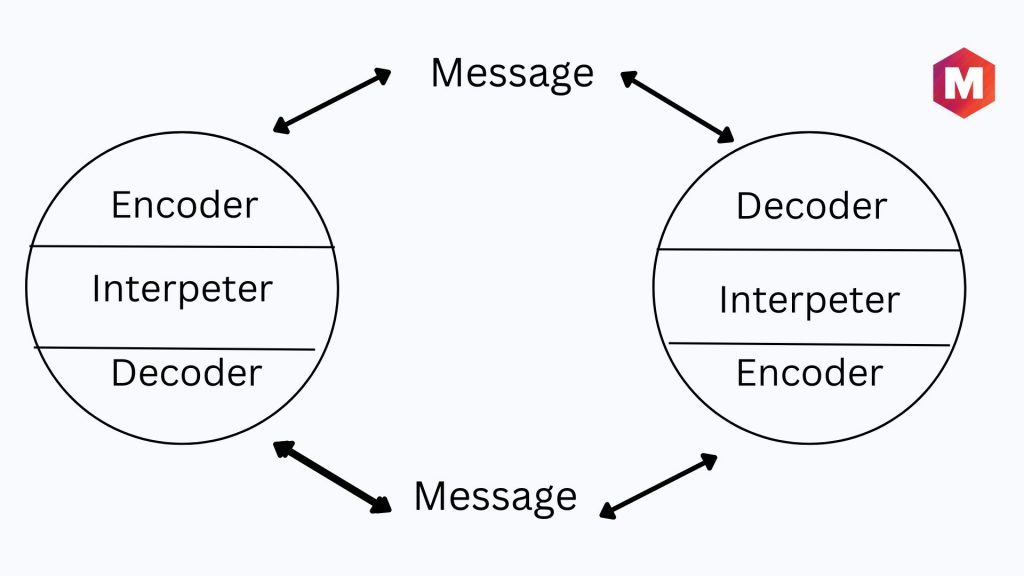
Exploring the Various Communication Models Used in Business Operations

Discover the different communication models used in businesses From the classic linear models of Aristotle, Lasswell, Shannon-Weaver, and Berlo, to the more interactive Osgood-Schramm and Westley and Maclean models, and finally the transactional models of Barnlund and Dance's Helical Model, learn how each one can be applied to improve communication within your organization
Effective communication is a vital part of both personal and professional life. In the business world, it is crucial to be able to convey information accurately and clearly to ensure success. Without proper communication, misunderstandings can arise, leading to negative consequences for all parties involved. Therefore, it is essential to master the art of communication to thrive in the world of business. The ultimate goal of communication is to ensure that the intended message is conveyed accurately and understood by the recipient.
As organizations have evolved, the significance of communication has become increasingly clear. Effective communication is not only vital within an organization but also with external stakeholders and customers. Thus, having a comprehensive communication model that meets all organizational requirements has become crucial. The purpose of a communication model is to streamline the intricate communication process by identifying the target audience and determining the most appropriate communication channels.
There are various communication models that organizations use to understand the communication process. These models are represented in pictorial form to make them easier to comprehend. In total, there are 8 different communication styles or models, with each one explaining the process differently. The main communication models are divided into three categories, and this article will provide an overview of the major models used in business communication.
The first category of the communication model is linear models. The four models that fall under this category are as follows.
1. Linear model
The basic and simplest model of communication encounters is the linear model. It involves three entities - sender, message, and receiver. However, the emphasis in this model is mostly on the sender and the message being sent.
The earliest communication models had a limited role for the receiver, assuming that the message was either successfully received or not. However, later models expanded on the linear model. Let's explore these models further, one by one.
1.1 Aristotle’s Model
Aristotle's communication model, which dates back to 300 BC, is one of the oldest models in communication. This model emphasizes the crucial role of the speaker and the speech in communication. It is a speaker-centered model, which posits that the speaker is instrumental in the communication process. The speaker is expected to take an active role and tailor their speech to the intended audience.
However, it is important to note that the receiver still plays a crucial role in the communication process. While they may not actively participate in the transmission of the message, their interpretation and understanding of the message can greatly impact the overall effectiveness of the communication. Therefore, it is important to consider the receiver's perspective and tailor the message accordingly to ensure the intended message is received and understood.
1.2 Lasswell’s Model
The Lasswell communication model, also known as the Lasswell model of communication, is the next model in linear and communication theory. It analyzes communication by posing five important questions, the first of which is "Who said?"
What was said?
What channel was used to say it?
To whom was it said?
With which effect it was said?
The communication model put forth by Lasswell in 1948 is widely regarded as one of the most significant models in the field of communication studies. Its popularity can be attributed to the scientific approach it takes towards analyzing the communication process, making it a straightforward and effective tool for teaching students about communication processes in their formative years of learning.
1.3 Shannon-Weaver’s Model
The Shannon-Weaver communication model, classified as a linear communication model, is highly regarded in scientific circles for its complexity.
Because it was the first communication model that considered the impact of noise on communication.
The five main critical elements of these communication models are:
Sender
Encoder
Channel
Decoder
The communication model developed by Shannon incorporates various elements such as the sender, message, transmitter, encoding, decoding, and receiver. According to Shannon, the transmission channel can be affected by noise, which can result in the distortion of the message sent by the sender.
Incorrectly spelled messages in emails or text messages, static interference in radio broadcasts, and external noises during speeches are all common examples of noise. The Shannon-Weaver model, as part of the linear communication model category, was the first to recognize the significance of receiver feedback.
1.4 Berlo’s S-M-C-R Models of Communication
The S-M-C-R model, belonging to the linear communication model category, provides a comprehensive explanation of the communication process through the use of four vital elements, with the Sender being the first.
M – Message
C – Channel
Effective communication is not solely reliant on the sender's efficiency, according to the R-Receiver model. All stages of the communication process have an impact on its effectiveness.
of the message: This refers to the person who initiates the communication process. Factors such as the sender’s attitude, knowledge, and communication skills can impact how the message is received by the receiver.
B. Encoding: This step involves the sender translating the message into a form that can be easily understood by the receiver. Factors such as the sender’s language proficiency and cultural background can affect how the message is encoded.
C. Channel: This refers to the medium used to transmit the message from the sender to the receiver. Factors such as the channel’s clarity, speed, and noise level can affect the effectiveness of the communication.
D. Receiver: This refers to the person who receives the message from the sender. Factors such as the receiver’s attention span, language proficiency, and cultural background can impact how the message is interpreted and understood.
The message is the information or idea being conveyed by the source to the receiver. The clarity and effectiveness of the message can be influenced by various factors such as the choice of words, tone of voice, body language, and the medium used to communicate.
The channel is the medium through which the message is transmitted from the sender to the receiver. Different channels have different characteristics that can affect the effectiveness of communication. For example, face-to-face communication allows for nonverbal cues to be exchanged, while written communication allows for the message to be reviewed multiple times.
Channel is the medium using which the information is conveyed. The factors involved in the channel that can impact the message can be touching, seeing, hearing, tasting, and smelling.
D. Receiver
The receiver plays a crucial role in Berlo's communication model as they are responsible for decoding the message based on their understanding and knowledge. Various factors such as communication skills, culture, social background, knowledge, and attitude of the receiver can significantly impact communication styles.
The next category of communication models is the interactive models.
2. The interactive model of communication
In the interactive model of communication, both the sender and receiver play an active role in the communication process. Unlike linear models, feedback is an essential component of communication, allowing for acknowledgement of the message. This two-way communication process means that the roles of sender and receiver are constantly shifting throughout the interaction.
The interactive communication model emphasizes the relationship between the sender and receiver rather than the content of the message conveyed. Within this category, there exist two distinct models which we will now explore in detail.
2.1 Osgood-Schramm Model
The interactive Osgood-Schramm model, also known as the circular model, presents a straightforward approach to communication. It illustrates that messages flow in both directions, and it doesn't distinguish between the sender and receiver. Rather, both individuals take on both roles throughout the communication process.
The Osgood-Schramm communication model works on four main principles. The principles are as follows:
The communication involves three steps, such as coding, decoding, and interpreting.
The communication takes place in a circular motion and not in a linear way.
The communication takes place between two equal parties who reciprocate to each other’s messages.
It is crucial to interpret messages accurately in any form of communication. The most effective communication model is one that allows for immediate feedback and clarification. Face-to-face communication is a prime example of this, as any misunderstandings caused by external factors like noise can be resolved in real-time during the conversation.
Both parties involved in the communication perform the tasks of encoding, decoding, and interpreting while communicating.
2.2 The Westley and Maclean Model
Communication, according to the Westley and Maclean Model, places great emphasis on feedback. This means that communication does not start with the message being delivered, but rather with the response or feedback given by the participants. The model also recognizes the significant impact that cultural and environmental factors have on communication. The way in which a message is conveyed, and the perspective from which it is received, both play a crucial role in effective communication.
The sender and receiver's cultural background and beliefs heavily influence the communication process. This is known as the object of orientation in communication.
The Westley and Maclean model is used to understand communication in both interpersonal and mass contexts. In interpersonal communication, feedback is given in a direct and immediate manner, while in mass communication, feedback is slower and less direct.
3. The Transactional model of communication
Communication is much more than a simple exchange of messages between sender and receiver, according to the transactional model of communication. This model views communication as a complex process that involves creating realities shaped by social, environmental, and cultural factors, as well as relational factors. Rather than just transmitting information, communication serves as a tool for building relationships and establishing communities.
There are two models that fall under the category of Transactional model of communication.
3.1 Barnlund’s transactional model
Barnlund's transactional model is a comprehensive communication model that highlights the dynamic and interactive nature of interpersonal communication. It emphasizes that communication is a continuous process that involves the simultaneous exchange of messages between the sender and receiver. In this model, the roles of the sender and receiver are constantly changing and both are equally important in the communication process. The feedback provided by one person becomes a message for the other person, thus ensuring a constant flow of communication.
3.2 Dance’s Helical Model
According to the helical model of communication in dance, human communication is a continuous cycle that is affected by various factors such as time, cultural context and personal experience. This means that communication between two individuals is not a one-time event, but rather a repeating process that can be influenced by a range of external and internal factors.
Over time, communication transforms from a simple cycle into a intricate helix. This helical or circular process of communication highlights the evolution of one-way communication. It should be noted that each subsequent cycle of communication is not identical to the previous one, meaning that the same communication event will differ from cycle to cycle and will not repeat itself perfectly.
Conclusion
Communication is a multifaceted process that can be interpreted in both simple and complex ways. On one hand, it can be seen as a basic exchange of messages between two individuals. On the other hand, it can also involve a complex process of establishing mutual understanding and fostering a sense of community.
Understanding these theoretical communication models can enhance our ability to effectively communicate with others in various settings and situations. By familiarizing ourselves with these models, we can better comprehend the complexities of communication and develop strategies for improving our communication skills.
Aristotle Model of Communication


















